Looking for a guide on how to bake with silicone molds? We will share an easy process with 4 steps. You can easily bake with silicone molds instantly at home in under 5 minutes.
Plus, we will also cover common mistakes such as undercooling or improper handling of molds to get the perfect bake. You will also discuss why silicone molds are the only choice for baking. Let's get into it.
Steps to Bake with Silicone Molds:
- First, thoroughly wash your silicone molds and dry them completely before using.
- Make your batter according to the recipe and pour it into each cavity of the silicone mold evenly.
- Position the molds on a firm baking sheet and place them into the baking oven.
- When finished, allow baked goods to cool before you remove them from the molds.

Part 1- What are the Steps for Baking in Silicone Molds?
You can bake in silicone molds with 4 easy steps. These include preparation, baking, cooling, and storage of the molds.
Let’s walk you through each step of the process in detail.
Step 1- Preparation of Silicone Molds
Wash your silicone molds with warm, soapy water. Then you need to rinse thoroughly. After that, dry them until there is no drop left. A clean start guarantees that nothing adheres to the baking material during the process.
Important Info
-
Place your silicone mold on a flat baking tray before you pour batter. Moving filled molds to the oven without support can cause the batter to spill.
Pro Tip: Fresh silicone molds usually have a factory coating. Be thorough with the first wash. It removes concealed chemicals that might disrupt your bake.
 Do you want to make silicone molds? Jump into our tutorial on how to make silicone molds at home!
Do you want to make silicone molds? Jump into our tutorial on how to make silicone molds at home!
Step 2- Baking with Silicone Molds
Prepare your batter and begin filling each cavity. You need to add even, consistent amounts. Gently put the batter into every corner of the mold using a spatula. If you are using a liquid batter, use a measuring cup to fill the molds.
After putting the mold in your oven, use a moderate temperature for the best effects. Silicone molds can withstand as high as 428°F (220°C) without complaints.

Pro Tip: Silicone molds bake faster than metal ones. So, stick a toothpick in the middle a little before the time of recipe. If it comes out clean, your creation is ready to leave the oven.

Step 3- Cooling and Removal
Place the mold on a cooling rack. Let your baked goods cool in the mold for 10–15 minutes. After baking, it’s tempting to remove your items as soon as possible. However, silicone holds heat longer than metal. That's why a short cooling period is required for baked items to set correctly. It's especially important to cool the chocolates you bake with silicone molds.
Important Info: To remove the baked goods, gently pull the edges of the mold away from the baked goods. Then turn the mold slightly inside out. You can also lightly press the bottom to release the dessert.

Step 4- Cleaning and Storage
Clean the molds with warm, soapy water after use. Place your silicone molds on the top rack if they are dishwasher safe. Don't use harsh cleaners or metal scrubbers that can damage the surface.
You must care for your silicone molds to keep them in perfect condition for years. A few simple habits can easily prevent stains, odors, and deformation.
Pro Tip: If there's stubborn residue, soak the molds in warm water for a few minutes. Then, gently scrub it with a sponge.
Important Storage Tips: You can store your silicone molds flat or roll them gently. If you are stacking them, place a parchment paper sheet between the molds. Just don't put heavy items on top of silicone molds and keep them away from sharp objects.
That's it! All these steps are straightforward. If you follow them, I guarantee you'll always get perfect results. Check out a popular recipe for hot chocolate bombs made with silicone molds.
Part 2- What Makes Silicone Molds Ideal for Baking?
They are flexible and have a non-stick nature. Also, silicone molds can withstand a wide range of temperatures and are easy to clean.
That's why big companies are designing top-quality silicone molds instead of metal molds.
Here's a closer glance at why bakers now use silicone molds.
Non-Stick Nature: Silicone molds by PJ Bold release your goodies all by themselves.
Unmatched Flexibility: Unlike rigid metal pans, silicone molds are flexible and expandable. Thus, you can bake with complicated shapes without cracks.
Even Heat, Even Bakes: Silicone molds distribute the heat uniformly, so your brownies, muffins, or cakes cook perfectly, with no burnt edges or undercooked centers.
Tough Under Pressure (and Freezing Temps): Silicone molds can withstand everything from a hot 450°F oven temperature to a cold -40°F freezer.
Built to Last: PJ Bold's food-grade silicone won't warp, stain, or stink up after several baking sessions.
Easy Cleaning: Silicone molds clean easily with minimal effort. PJ Bold's molds are even entirely dishwasher-safe.
Limitless Designs: Silicone molds can realize your most artistic baking fantasies if you want unicorn-shaped cupcakes or galaxy-themed chocolates.
If you want silicone molds for your kitchen, we highly recommend PJBold. Their molds are of top quality and meet high food safety standards. You can choose from a wide range of options. You can also order Custom Molds. If you have a crazy design in mind, they'll make it into a physical mold for you.
Turn your ideas into art with our best silicone molds – Enjoy Up to 45% Discounts!
Shop NowConclusion
The final verdict is that you can bake in silicone molds with the help of these four steps. From preparation to cooling, every step holds its own value. Also, silicon molds are best for this process because they are flexible, non-stick, and have good heat tolerance.
If you want to get top-quality molds, you can get them from PJBold. They have different designs made from food-grade silicone. You can even order a custom mold if you have some unique ideas.
Frequently Asked Questions
Q1. Can I Bake Anything in Silicone Molds?
Yes, you can whip up all kinds of treats in them without a second thought.
That being said, they are invaluable when you're baking complex designs, such as carefully shaped chocolate or fancy pastries, where easy removal is a must.
But if you plan to do serious bakes, such as bread loaves, old metal or polycarbonate molds are better.
Q2. Will Silicone Molds interfere with My Flavor or Texture?
Not a bit. Silicone is a completely inert substance. It won't absorb flavors, aromas, or moisture, so your cakes, muffins, or chocolates remain exactly as they ought to. And because silicone is non-stick, your textures remain smooth.
Q3. Will Silicone Molds Survive the Freezer?
Yes, Silicone molds can easily handle freezing temperatures. They will not crack, warp, or wail.
Bakers usually put their baked goods directly from the mold into the fridge or deep freezer to chill gently before presentation day. Some individuals even freeze water, juices, or gelatin desserts with them.
Q4. Which Silicone Molds Are Safe for Baking?
To bake safely, you need molds made from food-grade silicone. This is the authentic kind that can withstand the heat without releasing chemicals.
Always check the product label or the manufacturer's instructions before you purchase. Brands like PJ Bold craft their molds specifically for baking. They are safe for oven temperatures up to 450°F.



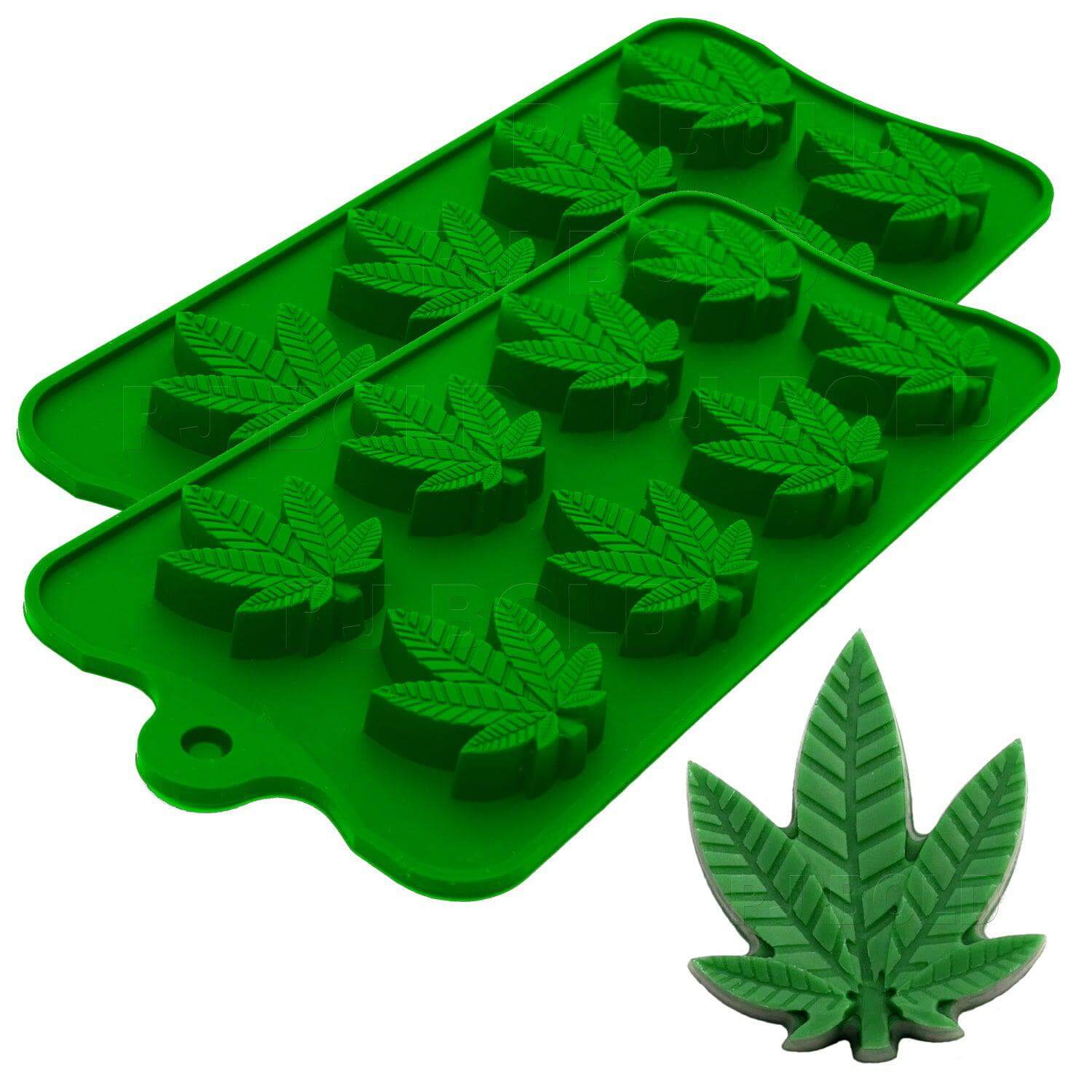 Hemp Leaf Green Silicone Molds
Hemp Leaf Green Silicone Molds 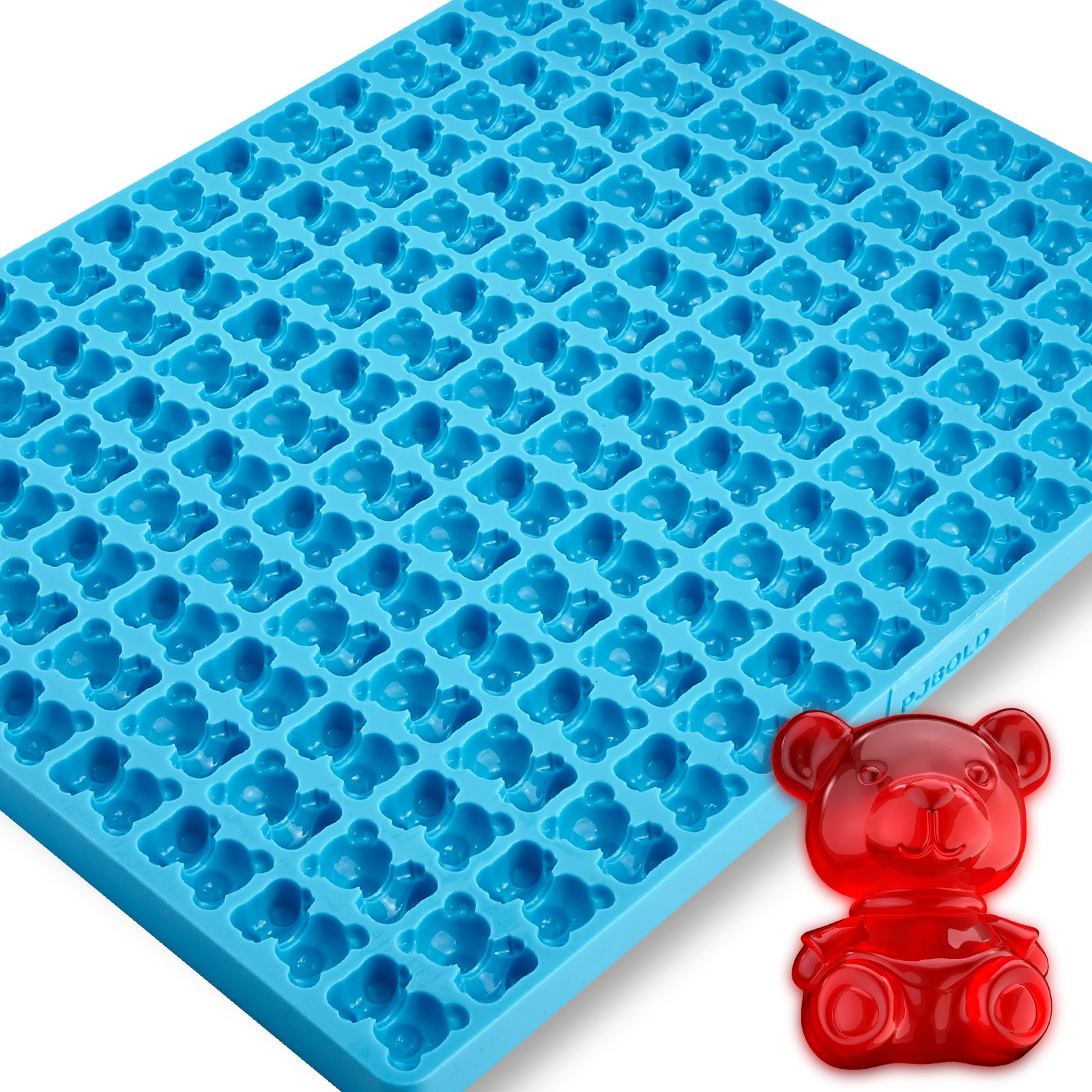 Bear Silicone Mold
Bear Silicone Mold  Leaf Silicone Candy Mold
Leaf Silicone Candy Mold 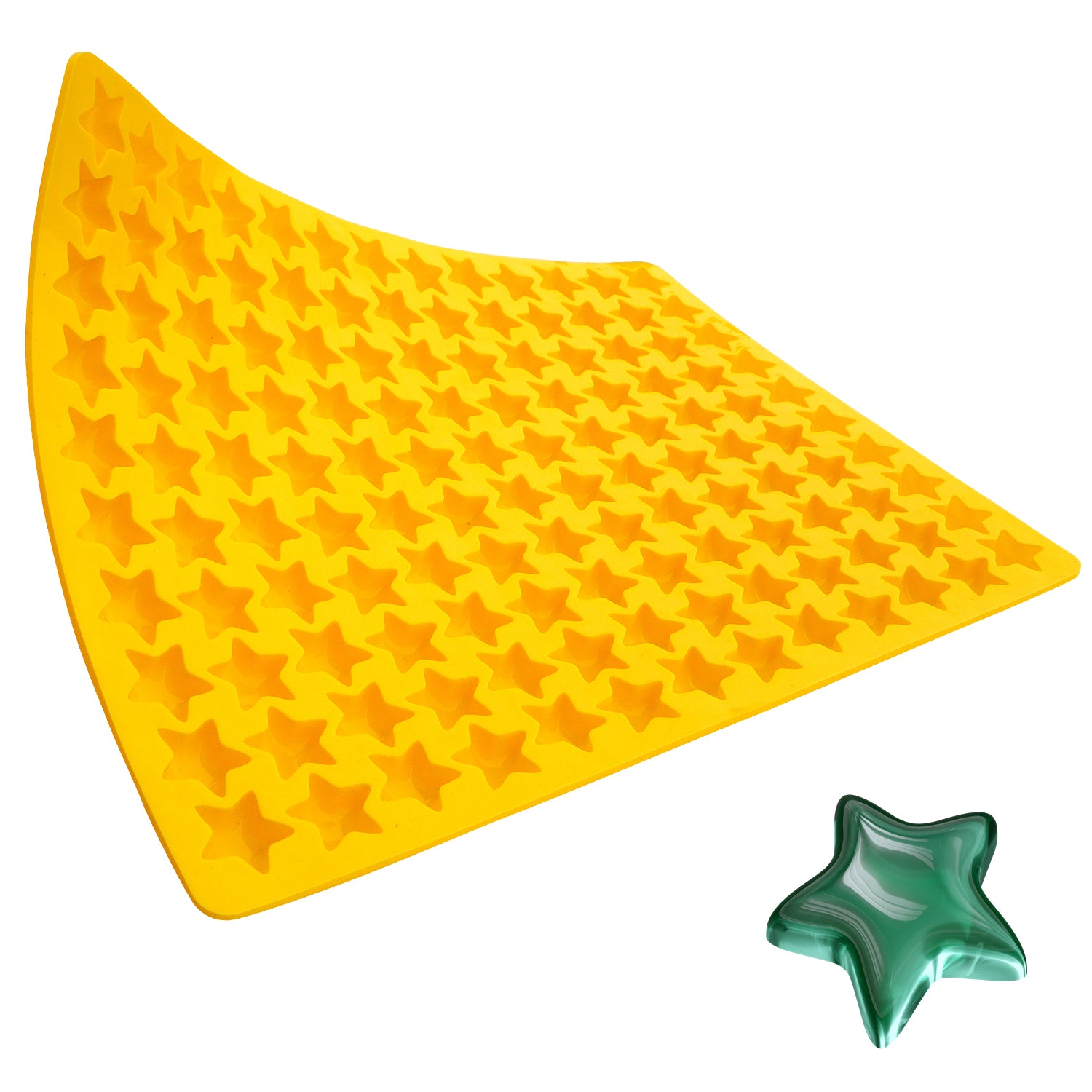 Candy Star Molds
Candy Star Molds 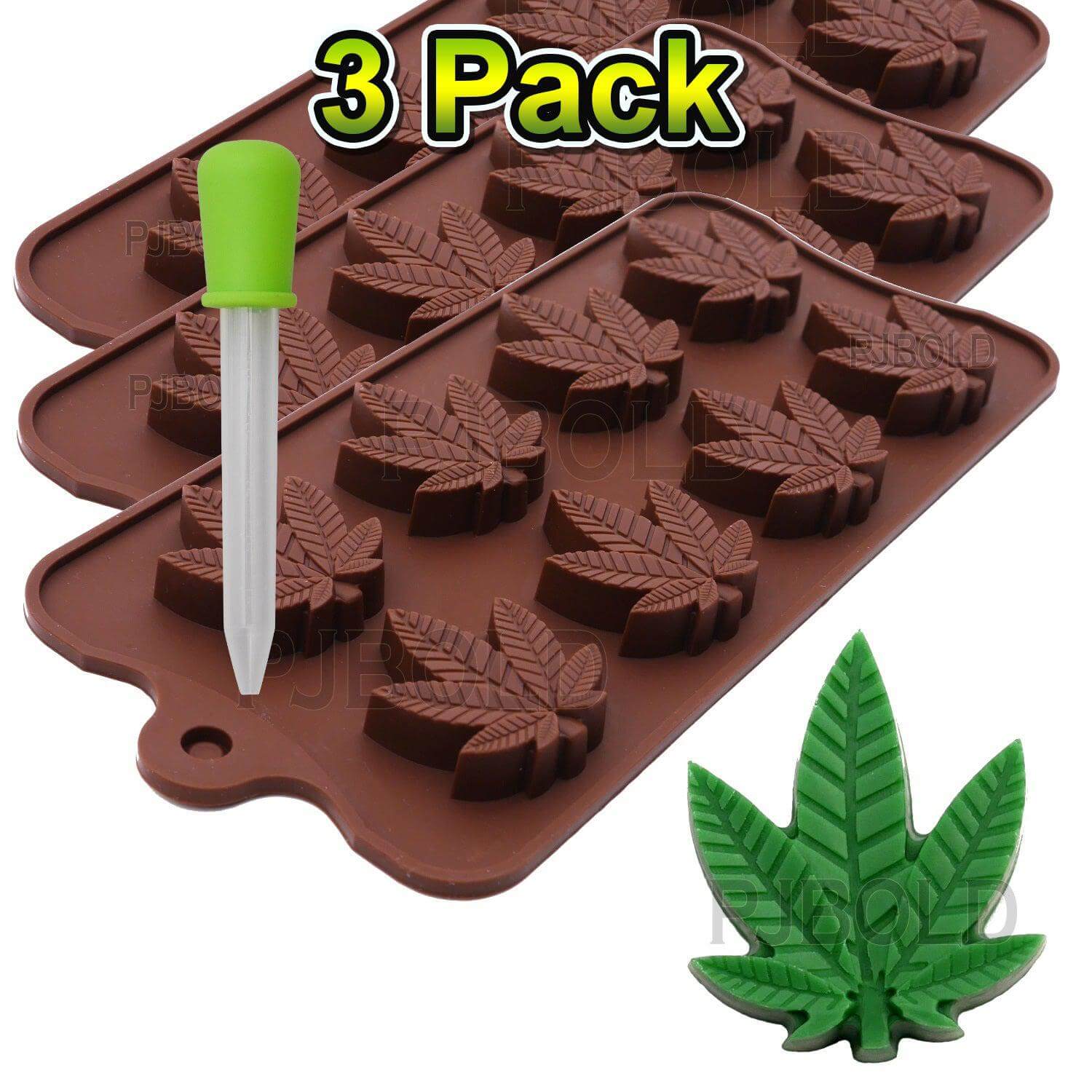 Hemp Leaf 3 Pack Silicone Molds
Hemp Leaf 3 Pack Silicone Molds  Leaf Candy Bar Mold
Leaf Candy Bar Mold 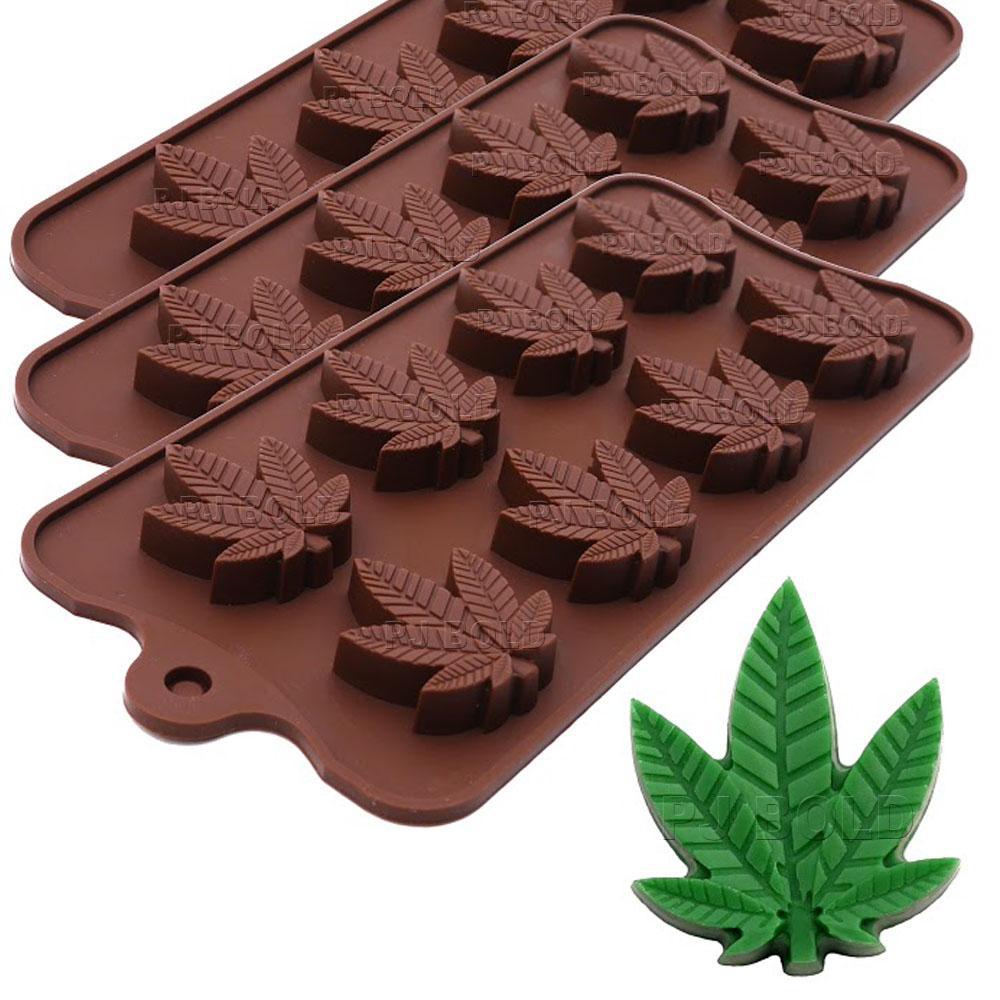 Marijuana Cannabis Hemp Leaf Silicone Molds
Marijuana Cannabis Hemp Leaf Silicone Molds 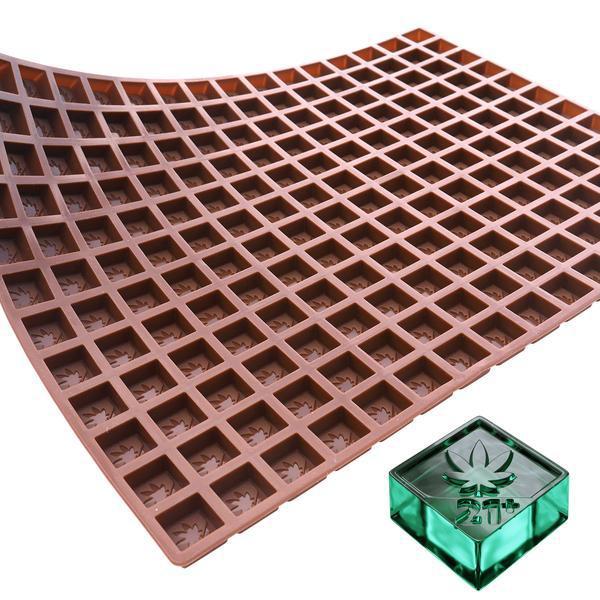 Square Silicone Candy Mold
Square Silicone Candy Mold  Heart Chocolate Mold Candy
Heart Chocolate Mold Candy  Mushroom Chocolate Silicone Candy Mold
Mushroom Chocolate Silicone Candy Mold 





